
WHAT IS IT LIKE TO RUN YOUR OWN LAKE?
Before we start, Paul, could you give us a bit of an introduction, telling us a bit about who you are, what you do and a little about your lake.
Paul: Well, I’m 37, a husband to an understanding wife and we are parents to two beautiful young children, a girl of seven and a little boy who is three. I love being outdoors, whether that’s mountain-biking, running, or obviously fishing! I hate being cooped up indoors. My job is on an oil rig, where I generally spend three weeks at a time and, due to the nature of my job, I am indoors for pretty much the entire trip, with no sunlight or no fresh air! I’ve never really thought about it before, but that’s probably a big part of why I hate being stuck indoors when I am home. I’ve used DNA baits for, I think, 10 years now, pretty much exclusively the SLK!
Barrow Mere is a 60-acre former clay extraction pit with a sailing club on it. It’s one of a long line of pits on the south bank of the River Humber, right at the northernmost extremities of Lincolnshire, almost in the shadow of the Humber Bridge. It’s a relatively new project and very much a work in progress for Ady and myself.

Barrow Mere is shared with a sailing club
For lots of anglers, the opportunity to run their own lake would be a dream. Could you tell us a little about how it came about; was it by chance or was it a project you were on the lookout for?
Paul: I am a big believer you get out of life what you put into it. Nothing you really yearn for ever really falls into your lap (at least it doesn’t mine!), and if it did, it wouldn’t mean as much anyway. It’s surely every angler’s dream to have their own lake, a stretch of river, or whatever, but few rarely pursue the idea, from what I have seen, anyway. So, it was always an idea in the back of my mind, and there were one or two false starts along the way.
One summer, maybe 10 years back now, I went for a wonder around what is now Barrow Mere (which is actually the old original name for the lake) with a good mate. It was one of the first hot days of the year; you know, properly hot! There was barely a breath of wind, perfect fish-spotting weather, and we were both at a loose end, so thought we would go and walk round this big pit, which at the time we both knew as either Yachters or Pelican Pond. It was a big slice of water that had fishing on it when we were both much younger, but had been neglected for a good 10 or so years at this stage. Eventually, after almost completing a lap of the lake, fighting through nettles and brambles, we stumbled across a handful of carp held up in a weedbed that stretched almost to the surface in one corner of the lake. There was a handy climbing tree overlooking the area which I quickly shinned up (and then fell out later in the day, which will raise a laugh from those who know me!) Before long, we identified around six different commons sitting in the weed, all of which looked to be high singles, like peas in a pod, except for two. There was one that was definitely double the size of the others, mid to high doubles maybe, and another that looked like it had had an unfortunate accident with a windsurfer’s board, with a definite kink in its back and missing some scales. I’ll come back to those fish later!
That day piqued my interest in the lake and I made a few return journeys, spotting the same fish in the same corner. I eventually managed to fish a couple of sneaky nights on the lake. There was no official fishing on there back then, but there were clear signs a few locals were fishing there, feeder fishing for the bream mainly. After those two nights and with my growing interest, it dawned on me if there was no fishing on the lake, why didn’t I try and get the rights and set up my own fishing? So, a proposal letter was drafted and sent off to the owner. To cut a long story short, after a lot of back and forth and solicitors making money by dragging things out, eventually a lease was signed and my good mate Ady was invited on board for the ride.
What have been the trials and tribulations of the project?
Paul: Oh, there have been some massive trials and tribulations! I could go on and on about the issues we’ve had. All I really need say is, for anyone considering having their own fishery, everything will be twice as difficult and take twice as long as you imagine it will; it will really test your patience and relationships to breaking point at times.
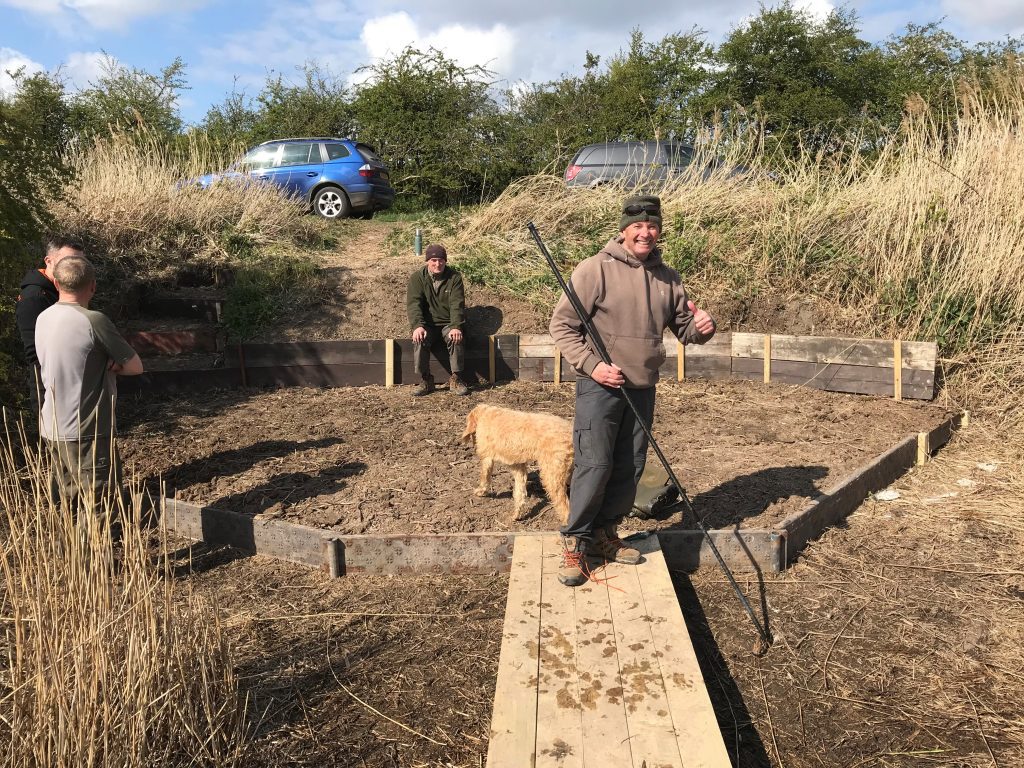
Building swims

Getting people interested in the first place was a difficult one. I think that first year we only had maybe 10 members, and come high summer, 90% of the lake was unfishable due to mental weed growth. That first year there wasn’t a fish caught, never mind any carp! That can test your belief in a project, believe me. I suppose the biggest threat we have faced would be that first winter. We had an order for 80 carp scheduled to be delivered, all singles (except for four fish which scraped 10lb) which was a really big cash investment for Ady and I. We were both buzzed for the fish coming in January and then bang, in mid-December we get some freak weather conditions. Mega rainfall, a big tide and easterly gales pushing water up the River Humber all combined to create a tidal surge. The Humber had never flooded since I’ve been alive and my Mum, who’s in her sixties now, could remember it flooding once when she was very young, but suddenly it was over the flood bank and pouring huge amounts of saline water into all the lakes up the South Bank of the Humber. Lots of people in the area sadly had their homes flooded, which must have been devastating for them. The lake took on lots and lots of coloured, muddy, salty water just as we are getting ready to receive our much-anticipated first stocking – what a nightmare! Anyway, we phoned the supplier and spoke to him. He assured us that carp are hardy fish and would be fine. We had to go with his judgement and, in the end, he was right, as some of the fish from that stocking are doing really well now and are into their mid-twenties, which is fantastic to see.
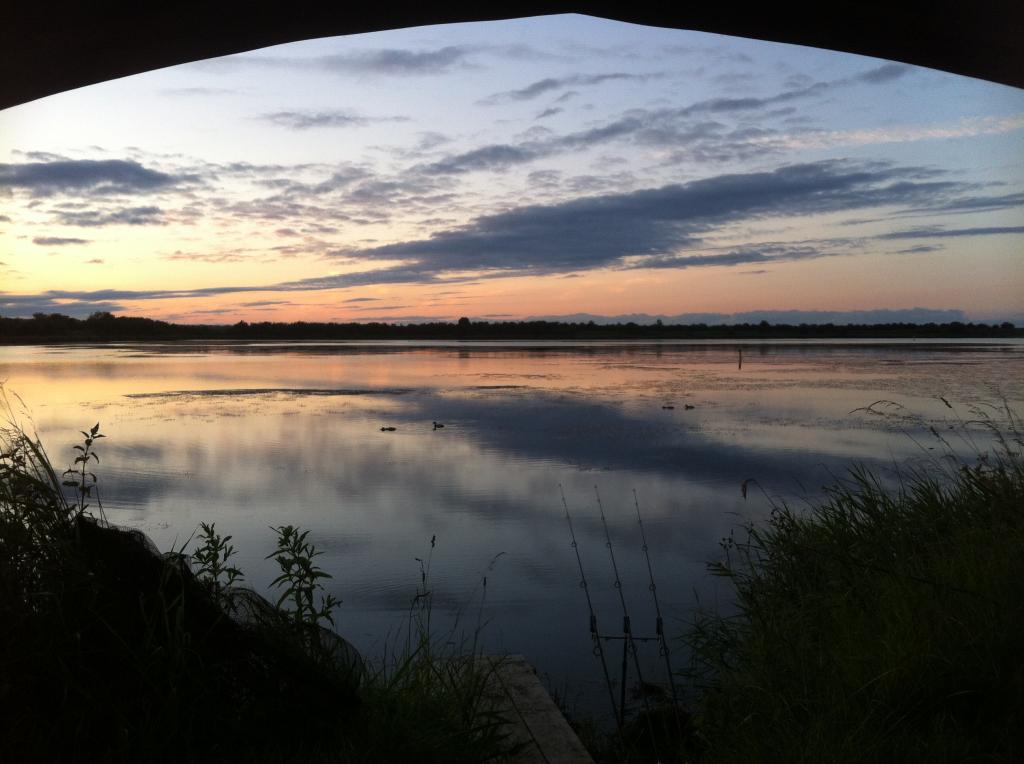
A weedy summer preceded a nightmare winter
What makes Barrow Mere different to others?
Paul: I think the main thing that sets us apart, certainly from most of the lakes I have seen around here, is our philosophy for the lake.
In carp fishing there is always an obsession with size, and I suppose that’s completely normal, as we all like to catch a big carp after all. This has led to a lot of lakes in this part of the world either stocking big fish (sometimes imported big fish) or stocking bland-looking, fast-growing eating machines in an arms race to try and keep up with the sizes of carp we are all conditioned to seeing in the press and on the Internet from lakes down south. There is nothing wrong with that, as with probably all of the lakes I am talking about, someone has been reliant on the fish to earn them money. The demand out there is for anglers to be able to turn up and catch fish, ideally big fish, or at least have the chance of a real big ’un, and that’s probably where we are different. We do not need Barrow Mere to make any money; we do it purely for the love of it.
Our philosophy has been to stock small and bring the fish on. What we have looked to create is our perfect lake in terms of the stock of carp, both looks/strains and numbers. For me, it matters that the fish I am angling for have grown on in the lake they live in. I realise that this might not be the case for everyone, and that there are more than likely people reading this who can’t understand that viewpoint, but I’ve never been one for big stockies. This was a big risk on our part, as we had to have the patience to wait for the lake to come to fruition, and we are only just starting to see the fruits of that now, but in 10-15 years, what we will have created will mean so much more to me than if we had gone down the route of stocking big fish.
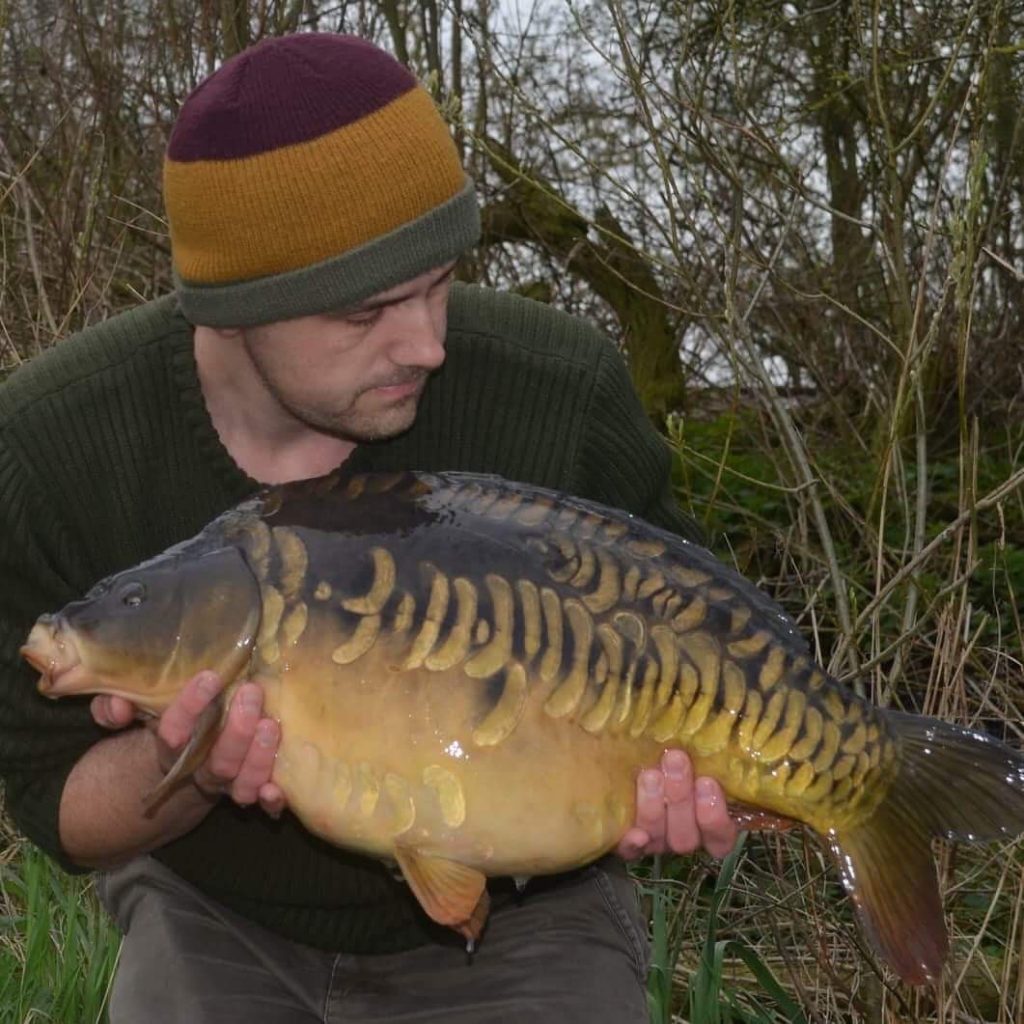
Starting small and growing fish on is our philosophy
I believe you end up with a much better lake if you only ever stock small fish. If you stock 100 singles, they would probably cost around the same as 30 mid-doubles. It stands to reason you have a better chance that one or two of your 100 fish will be freaks and grow on to be a really big fish, compared to only having 30 mid doubles, where you would have to be really lucky to get one fish like that. Also with regards the mid-doubles as well, they will have probably had two or three more years in a stock pond, so they will have become more tame and have less of a wild, natural instinct. The result there is when you stock them into 60 acres of water, as we have, the singles will be quicker to tune into their natural environment, learning where the natural food stocks are and how to avoid any predators much more quickly, whereas your doubles will be swimming round looking for someone to hand feed them some pellets. It makes sense to me, anyway.
When you look at all the lakes that Donald Leney stocked, the records always say something along the lines of ‘Lake X, stocked with 300 3-4-inch carp.’ You would never dream of stocking a lake that way these days, but I really think we are missing a trick when you look at how well the Leney strain did and how long-lived the fish were. Yeah, if you stock 300 C1s, then 280 of them might not make it, getting eaten by pike or whatever, but for those 20 that do make it, that is survival of the fittest in action.
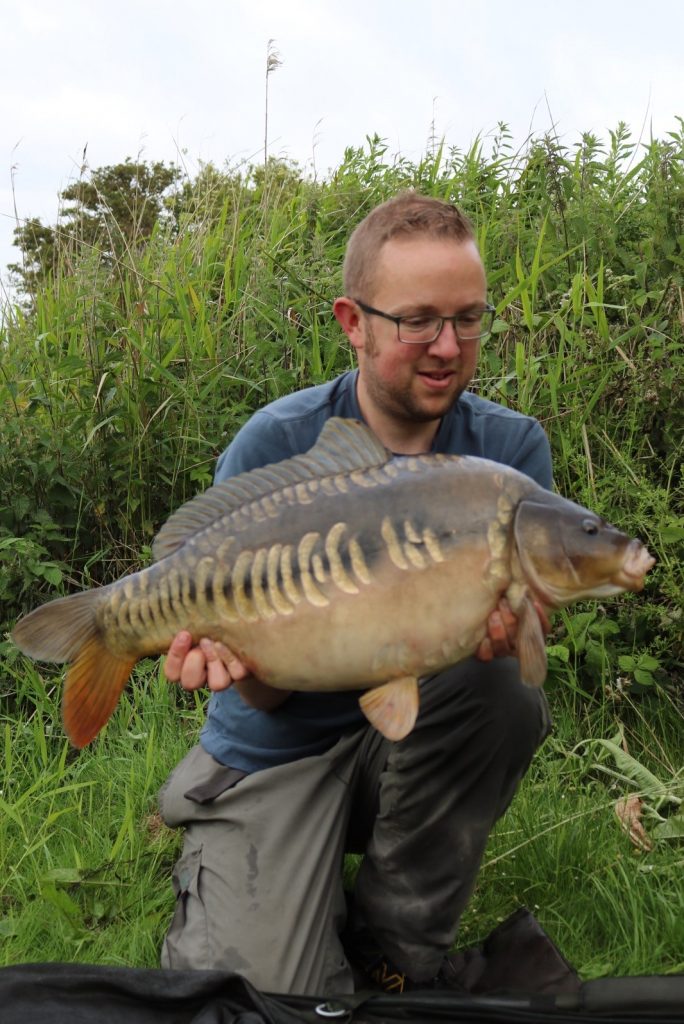
The Maiden Lin
So, as mentioned, we definitely have a different stocking philosophy to most and we were just hoping that enough people would see what we were doing and buy into that vision of what the lake will hopefully end up being to be able to keep it afloat. We stuck by our values and we are seeing the light at the end of the tunnel now. Our syndicate fees are really low, but then they have had to be, as we didn’t have the stock to warrant high prices, in my opinion. Again, this was all part of the gamble of stocking small fish.
Another thing we have done different to most (but thankfully it is starting to become more common) is stock several different strains. We have had fish from several different sources now, which adds a nice variety to the lake, whereas with some other lakes only have one strain, and even then some strains have hardly any variety in them, so what you end up with is a lake where the majority of the fish look very similar, which for me is a bit boring, to say the least.
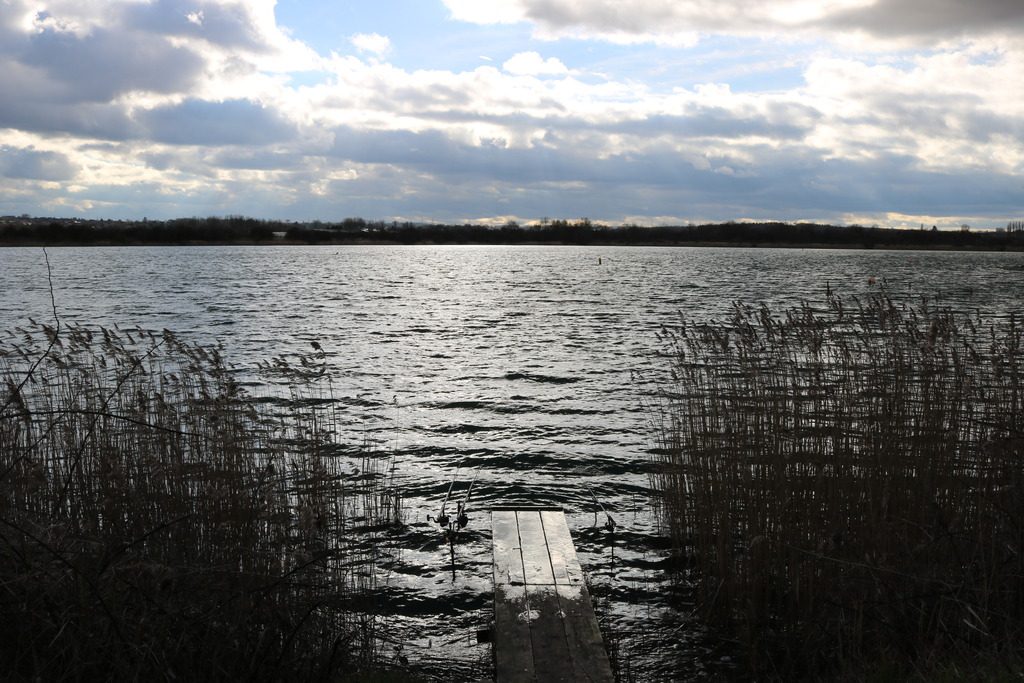
Rods out in Girders swim
Going back to what you mentioned at the start of our chat about those handful of originals, has it thrown up any surprises?
Paul: Being completely honest, the original stock has proven to be less than we had hoped, maybe 30 fish or so, all of which have been commons up to now. I mentioned before about those commons we saw from up the tree and a few of those have made an appearance. I think it was during our second summer, one of the members got a bit of action going fishing up to the back of a weedbed. He managed four or five original commons, and amongst them was that old, kinky-backed one, the one that looked like it had been hit by a boat, so you have to assume that some of the other originals he landed were some of the other commons that were present in the weedbed. They were all around 15lb in weight, so a fair bit bigger than the single-figure fish I had imagined them to be. As it turns out, those fish still appear to be growing, albeit very slowly, so maybe my original guesses were not so far off. It was great to see that kinky-backed common on the bank; it was certainly very healthy, apart from the obvious.
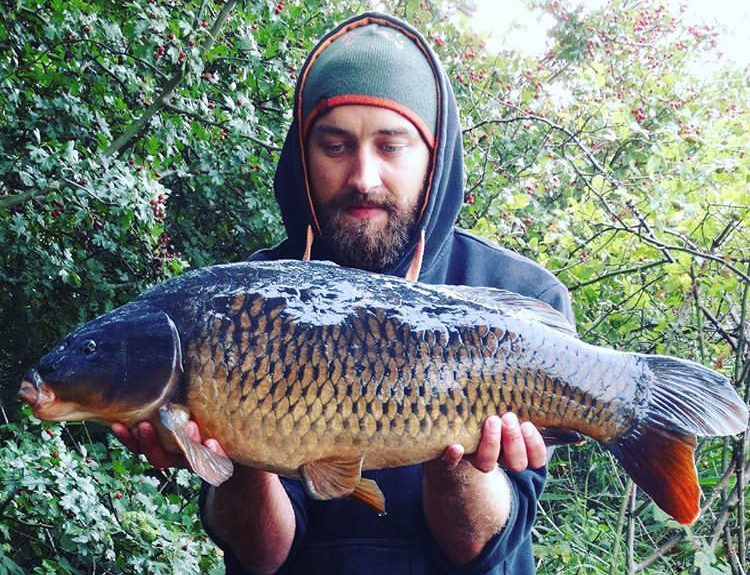
The kinky-backed common we saw years previously in the weedbed
Later that year in the autumn, another member, in the aftermath of Storm Bertha, landed a really nice common, again an original. It wasn’t a massive fish at 20lb 1oz, but it certainly wasn’t a small fish either. A stunning, deep-brown fish and another original. I can only think this may have been the larger, deeper-bodied fish that was sitting in the weedbed that day.
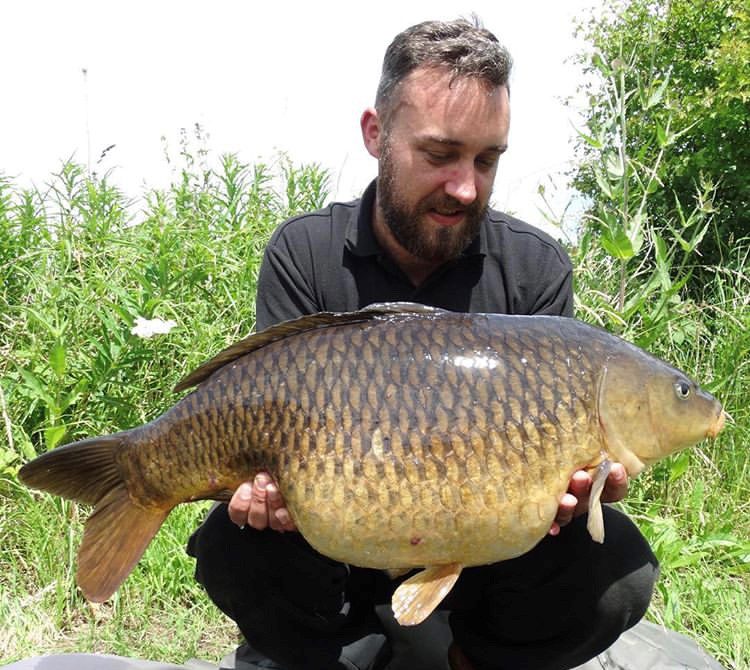
Bertha, the biggest original that we saw in the weedbed
There is certainly still a bit of mystery about the lake. For example, last spring one of the members caught a really nice dark scaly twenty and when we looked back through the stocking records we realised it was the first time the fish had ever been caught, having been stocked as a single five years earlier! There are loads of fish which either get caught very infrequently or have never been caught up to now, but in the main, you are really fishing for stock fish, it has to be said.
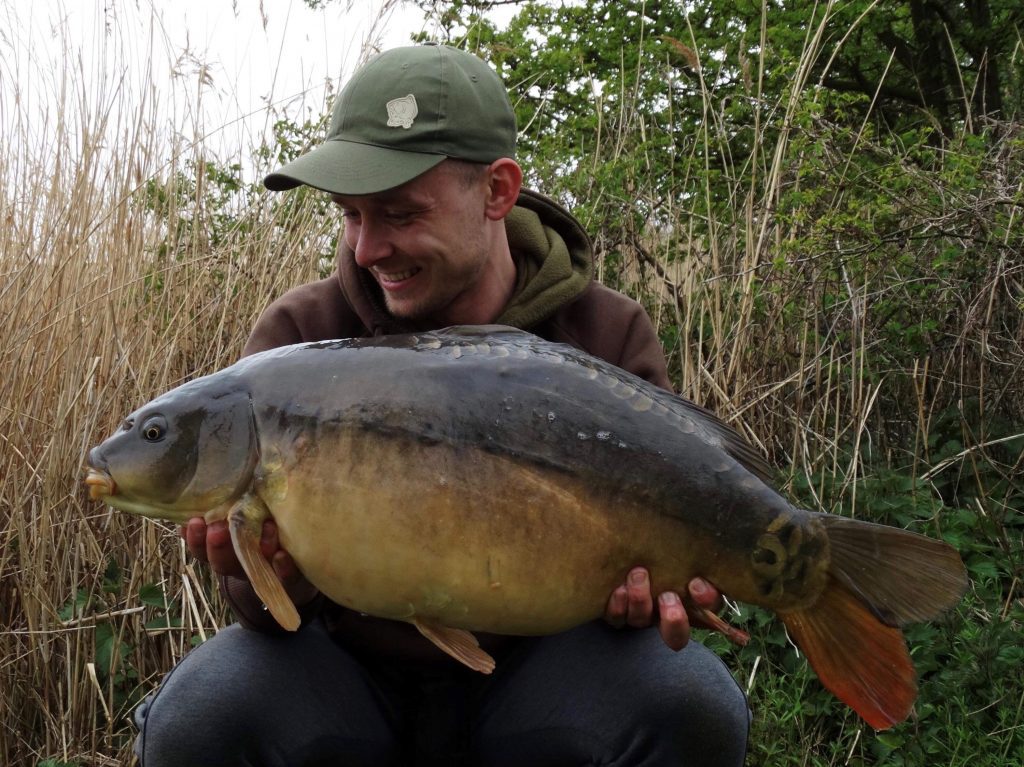
The Flat Back Mirror
Running the lake, do you notice patterns as to when or how fish get caught, and if so, has that had an effect on your angling?
Paul: Yes, definitely. You definitely see groups of fish that get caught together; they must swim around in packs and have their own little gangs, if you like. Being a big open lake, it always seems to be windy down there and you definitely see some lads placing an emphasis on being on the end of a wind. I’m not saying this is wrong, as there have been some big, multiple hits fishing on the end of a wind, but it’s almost always a new wind, in the first 24-48 hours; after that the fish tend to spread out round the lake again.
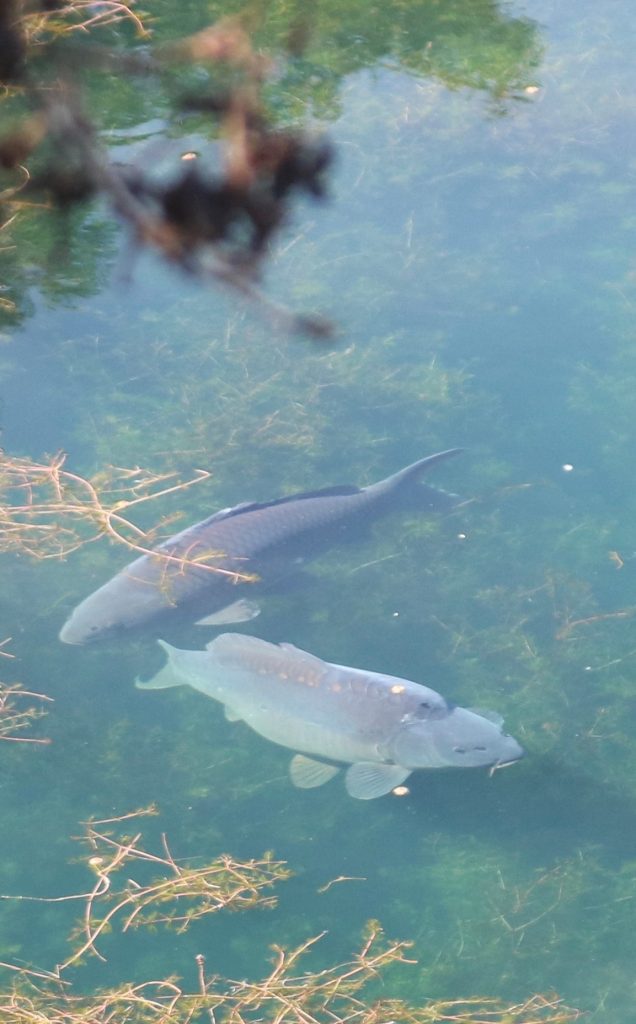
A couple of fish enjoying some Betastim floaters
Putting a good bed of bait down works as well, as the stock of carp is pretty low in terms of ratio per acre, but they definitely move around in packs and where there’s one there are usually more. I’ve noticed that by fishing over a decent hit of bait multiple hits of fish can be had. Everything has its time and place, though. Another thing is the quality of the bait being used. I’ll be honest here and say that I didn’t think it would make as big a difference as it seems to, but the lads using high-quality boilies (whatever brand they may be) usually do comparatively well. Lots of the guys use DNA obviously; both the Secret 7 and SLK have scored really well on there over the years. One guy in particular stands out, as he really turned his results around on his second year when switched over to the Secret 7. There was nothing wrong with the way he was angling at all, but a top-quality bait was obviously the missing piece in the jigsaw for him.

Sunset over the lake
Has the lake thrown up some monsters of other species?
Paul: Yes, it has. Mainly bream, which aren’t always carp anglers’ best friends, but I enjoy fishing for all species when the time is right. I do almost exclusively fish for carp through the spring, summer and autumn, but I like to mix it up a bit through winter, so yeah, I am keen to see all different types of fish angled for on Barrow Mere; variety is the spice of life and all that. Mainly it has been the bream (aside from the carp) that have made a big impression, although it’s less common to catch a bream than a carp. When you do get one, it’s rare for it to be under 10lb and the lake record is over 18lb, with fish backing that up of 17lb and 16lb. It’s mad to think I now run a lake that has several bream bigger than the record weight when I was growing up, which was 16lb-odd. They are impressive fish, that’s for sure, and we have a number of guys who are members, purely for the bream fishing.
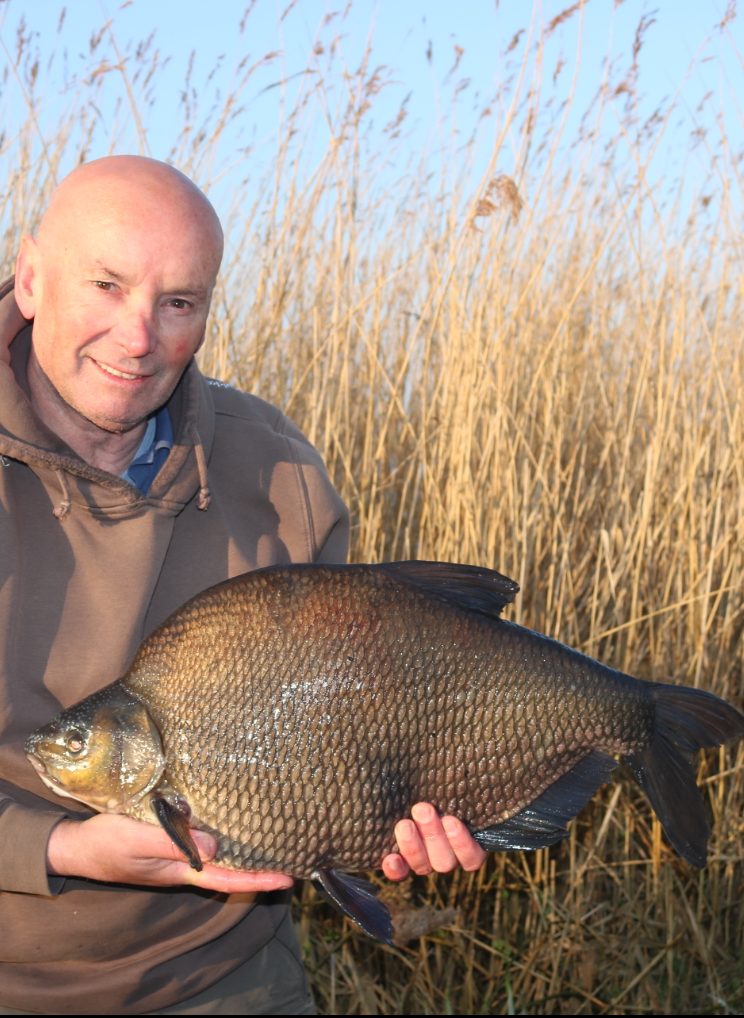
A 15lb-plus bream
The lake also has a fair bit of pike-fishing heritage. After a few lean winters initially, we have been lucky to see the lake throw up a few 20lb-plus pike now, maybe four or five different fish. I enjoy a bit of piking myself, but unfortunately they’ve not fallen to my rods, not that I have been trying really. The pike fishing has really surprised us actually; it has unquestionably got better and better every winter, and despite there not seeming to be any bait fish, the pike are always fat, healthy, clean fish. A few of the lakes very close by have thrown up some seriously big pike, both historically and in the recent past, so hopefully Barrow Mere adds to that in the future with its own 30lb-plus fish.
In terms of the future for Barrow Mere, where do you see it going and how would you like it to progress?
Paul: Oh, that’s a big question! The ultimate dream really would be to grow a 40-pounder, but that’s a good few years away, if we even manage to accomplish it all. I take great enjoyment out of seeing the fish come on, seeing the fishery develop and seeing other anglers buzz when catching from the venue we have created. Really, I just want a good bunch of anglers who all get on with no aggro. I don’t want the lake ever to get too busy; if that starts to happen, then that’ll be when the aggro starts and we will probably look then to start reducing the membership. Sock-wise, I am really happy with the mix of strains we have and also with the number of carp we have, but that will need managing and keeping on top of as time goes on.

A take great joy in seeing another anglers catch
I hope that we can also provide some inspiration in some way to others to follow our ethos and develop their own waters along a similar line to what we have done. If we can even tip the carp scene back 0.1% towards our ethos of quality over quantity, then that will be a mega, mega result, and one I will be hugely proud of. Part of that is getting word out there about Barrow Mere, so it can be seen that there is another way to do things, so huge thanks to DNA for getting this interview out there.
If anyone who’s reading this is interested in seeing more about the lake, give me a follow on Instagram (@paulsmallinson), as that’s where I share stuff about it more often than not.
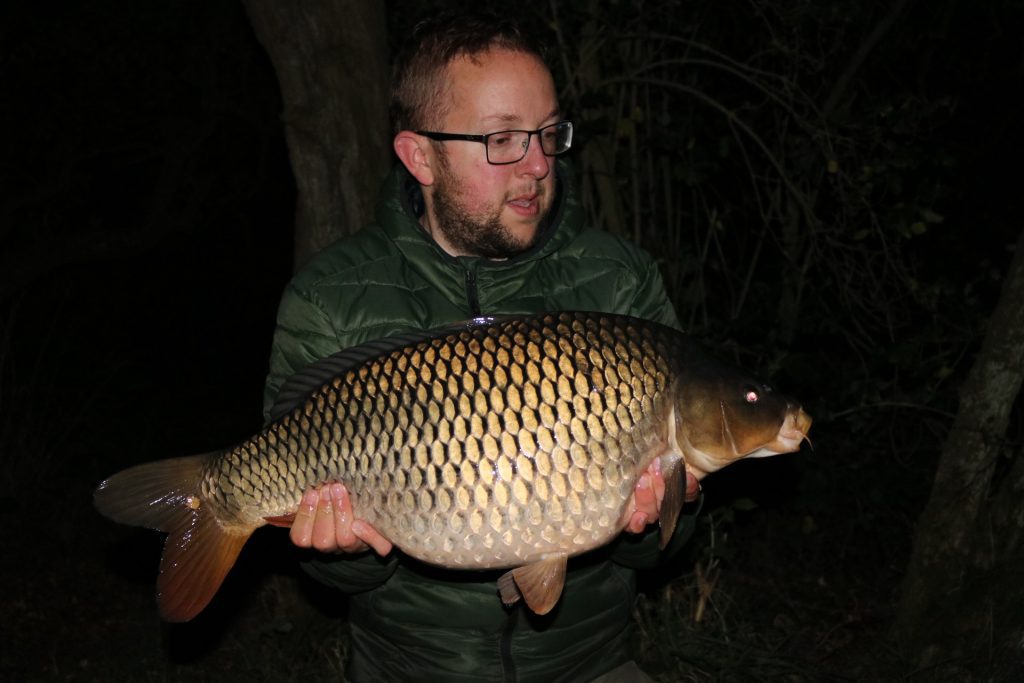
Follow me on Instagram for updates on Barrow Mere

